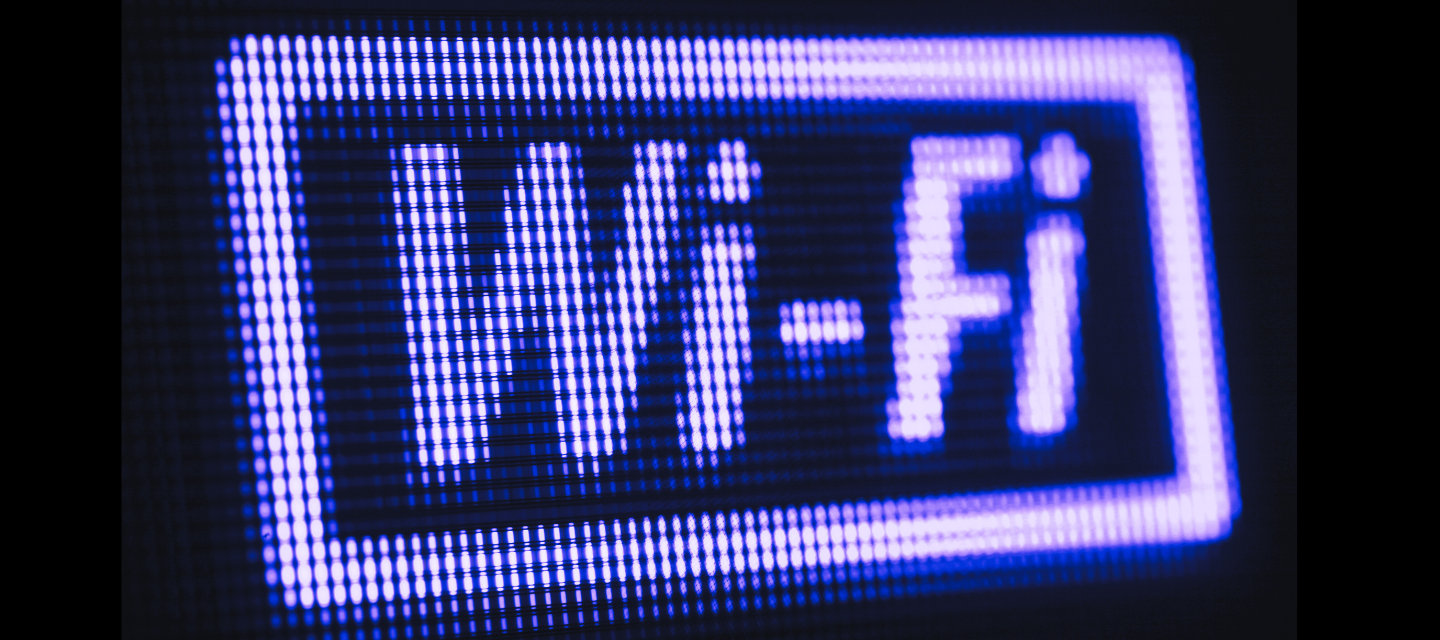Today’s world is defined by remote work, frequent travel, and an insatiable appetite for uninterrupted connectivity, the likelihood is high that you've embraced the convenience of public Wi-Fi hotspots. These free hotspots provide unmatched convenience, allowing us to access online accounts, catch up on work, and stay connected while on the move. However, this convenience comes with a significant trade-off: the security risks associated with public Wi-Fi networks.
The Perils of Public Wi-Fi:
Public Wi-Fi networks, while omnipresent, often lack robust security measures, leaving users vulnerable to a range of cyber threats. It's essential to understand these risks to protect your sensitive data.
- Man-in-the-Middle Attacks (MITM): MITM attacks are a prevalent threat on public networks. Attackers intercept data between your device and the internet, potentially exposing your private information. Phishing emails can also be used to carry out MITM attacks.
- Unencrypted Networks: Many public Wi-Fi routers have encryption turned off by default, making it easier for scammers to intercept your web traffic. While some networks may be encrypted, there's no foolproof way to ensure this.
- Malware Distribution: Attackers can exploit software vulnerabilities to inject malware onto your device without your knowledge, compromising your security.
- Wi-Fi Snooping and Sniffing: Cybercriminals can use specialized software to eavesdrop on Wi-Fi signals, granting them access to your online activities, login credentials, and more.
- Malicious Hotspots: Rogue access points can trick users into connecting to seemingly legitimate networks. Cybercriminals create hotspots with names similar to trusted networks, enabling them to access your personal information.
Identifying Unsafe Networks:
While public Wi-Fi networks remain a playground for hackers, some go the extra mile, setting up hotspots with malicious intent. To help you steer clear of these digital traps, keep an eye out for common signs of rogue Wi-Fi networks:
- Network Name Impersonation: Hackers may create fraudulent Wi-Fi networks that mimic trusted ones. For instance, you might encounter duplicate network names or even find your device connecting to your "home network" while you're miles away.
- Insecure Website Loading: When attempting to access a secure website, be wary if the page loads as "HTTP" instead of "HTTPS." This could signal a connection to a rogue Wi-Fi hotspot and a potential MITM attack aimed at stealing your data.
- Generic Network Names: Some rogue networks use vague names like "Free Wi-Fi" in densely populated areas, aiming to lure unsuspecting users. Legitimate public Wi-Fi networks, such as those in coffee shops, typically have more specific names tied to their business locations. Stay vigilant for these red flags to protect your online security.
Staying Safe on Public Wi-Fi:
Now that you're familiar with the potential security hazards of public Wi-Fi, you might be contemplating how to ensure your safety while using such networks. Although a level of risk always exists, there are measures you can take to shield yourself from the dangers of public Wi-Fi.
- Safeguard Sensitive Data: Refrain from accessing sensitive information.
- Employ a VPN for Enhanced Security: Utilize a Virtual Private Network (VPN) for an additional layer of protection.
- Prioritize "HTTPS" Websites: Stick to websites with the "HTTPS" encryption for more secure browsing.
- Enhance Browser Security: Install browser extensions such as HTTPS Everywhere to reinforce online safety.
- Customize Connection Settings: Adjust your device's settings to prevent automatic connections, reducing exposure to potential threats.
- Privacy Screen Usage: Protect sensitive data with a privacy screen, ensuring it's only visible to you.
- Disable File Sharing: Turn off file sharing to prevent unauthorized access to your files.
- Implement Two-Factor Authentication: Enable two-factor authentication for added security, making it harder for unauthorized users to access your accounts.
- Keep Your OS Updated: Regularly update your operating system to benefit from the latest security features.
- Log Out and Disconnect: Always log out from services and ensure your device doesn't automatically reconnect to public networks.
- Utilize Antivirus Software: Install antivirus software to guard against a wide range of cybersecurity threats.
While public Wi-Fi networks offer unmatched convenience, they also pose significant security risks. By following the outlined tips and being vigilant for signs of rogue networks, you can safeguard your data and protect your online privacy. In an age of constant connectivity, staying informed and taking precautions is key to navigating the digital jungle safely. Your cybersecurity shouldn't stop at public networks – assess and secure your home Wi-Fi for complete peace of mind.




